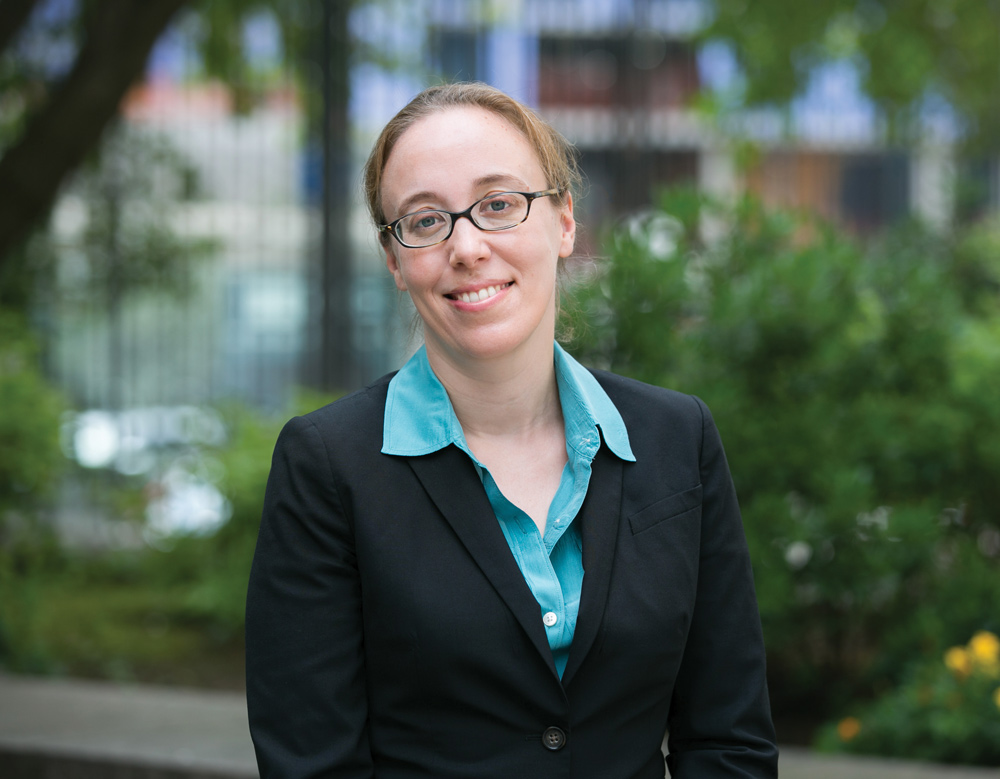The Promise and Impact of Bail Reform
“We need to widen the scope of our thinking beyond the relatively simple idea that ‘money bail is unfair to poor people’ to a larger imagining about the harms of pretrial detention and even criminal adjudication itself,” she said in our spring 2020 issue.
Brooklyn Law Notes spoke with Simonson, who serves as co-director of the Center for Criminal Justice, about the impact of bail reform and its role in the larger efforts to transform ideas of justice and public safety.

Q: Criticism of New York state’s bail reform measures from the public and law enforcement led to a rollback of the law in April 2020. What were the results of that decision?
A law that led to more people being jailed without conviction passed at the very moment that the COVID-19 virus spread through New York state at a terrifying rate, with correctional institutions as the biggest hot spots in the nation. I do still have faith that if we are able to look beyond inflammatory headlines to ask deeper questions about the causes and prevention of violence, and if we recognize that incarceration is itself a form of violence, there is hope for more lasting reform.
Q: In your 2021 article in the Yale Law Journal, “Police Reform Through a Power Lens,” you examine potential reforms that shift control of law enforcement to the policed populations. What does that look like?
I believe that listening to the wisdom of people who have experienced the harms of policing and incarceration can help us imagine a way out of our current crisis. Who is more of an expert on what “works” in policing, a police officer who has arrested 10 people, or someone who has been arrested 10 times?
Q: How has the COVID-19 pandemic affected our perceptions of public health and public safety?
Collective movement struggles during the twin crises of COVID-19 and the uprisings for racial justice have helped blur the concepts of “public safety” and “public health,” showing how both suffer for all when we use the police, prosecution, and prisons to solve our collective problems.
Prisons and jails are the center of a long-standing public health crisis, only amplified by COVID-19, the harms of which spill out of prison walls and into directly impacted communities. For example, in August 2021, the Prison Policy Initiative quantified the suffering of the children and loved ones of the incarcerated, including having shorter life expectancies, and poorer physical and mental health.
However, many official acts during the pandemic—to roll back bail reform; to refuse clemency requests; to arrest more people, charge them with crimes, and put them in jails and prisons—depend on an understanding of public health in which the “public” does not include the people held in cages. This understanding, which seemed to gain strength during the pandemic, cannot be squared with social movements’ calls to recognize that the health and safety of us all is tied up with the health and safety of the most marginalized.